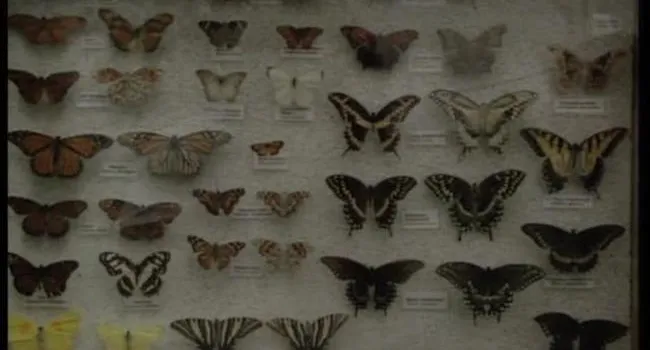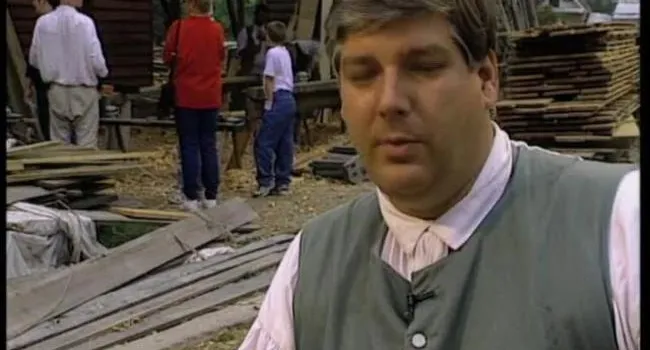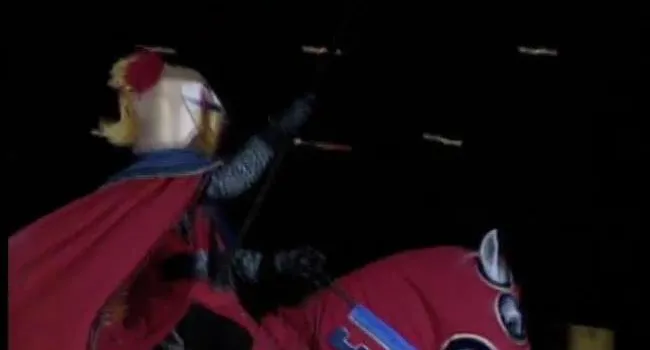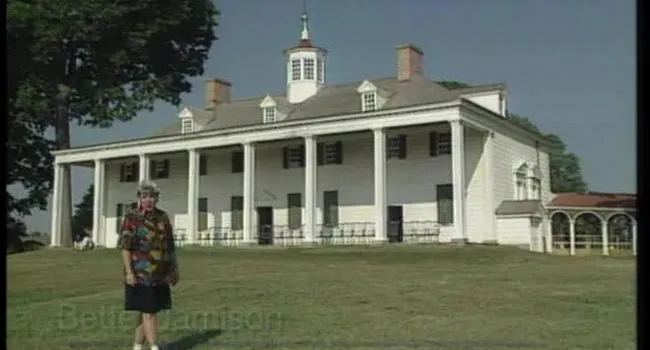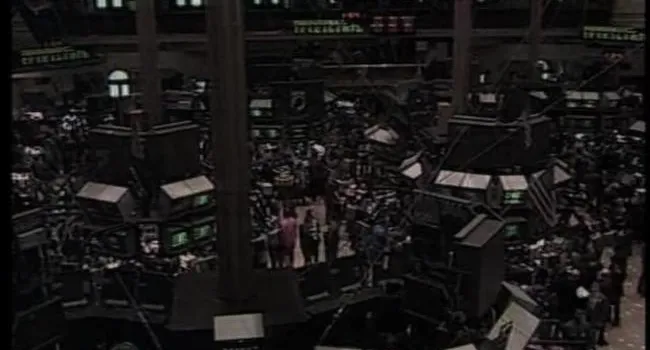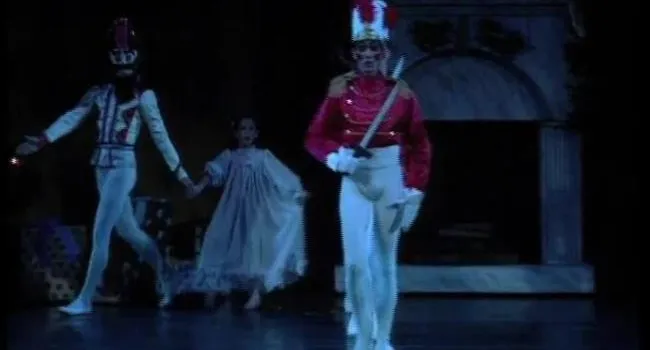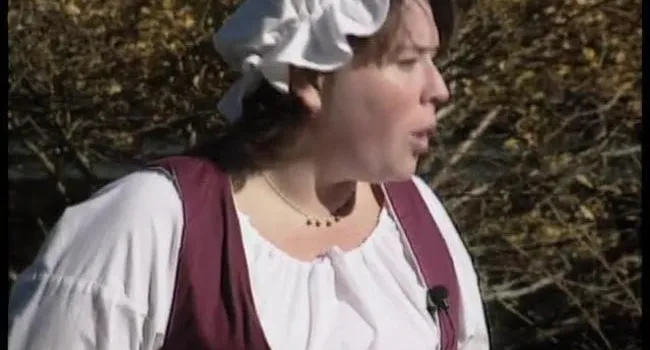A behind-the-scenes look at this production shows that the costumes are more elaborate than the clothing worn in the Middle Ages. The actors spend a great deal of time practicing, preparing equipment, and choreographing their movements. Although the swords used by the actors are not sharp, they are real. Wenches and serfs, representing the lowest class of the feudal system, serve food to the visitors.
The mistress of horse takes care of 18 horses that have been trained for dressage and Spanish walking. It takes 10 years to train the ambassador horse. The horses are dressed with padding, a caparison, a blanket, and a saddle. A horse’s costume matches the colors of the knight riding it. An actor playing the role of a knight rides the same horse each performance so the horse can learn how that person rides.
Knights protected the counties for the counts, who were nobility. Because armour and weapons were costly, knights often came from a higher level in the class system. To train to become a knight, young boys first had to be squires and pages.
Standards
- 6-5 The student will demonstrate an understanding of the Middle Ages and the emergence of nation-states in Europe.
- This indicator was created to encourage inquiry into the development of the Mali and Ghana Kingdoms, including gold and salt mining and the connection to trade routes. This indicator was also written to promote inquiry into the development of the Mayan, Aztec, and Inca Empires, to include advancements in astronomy, engineering, and farming techniques.





